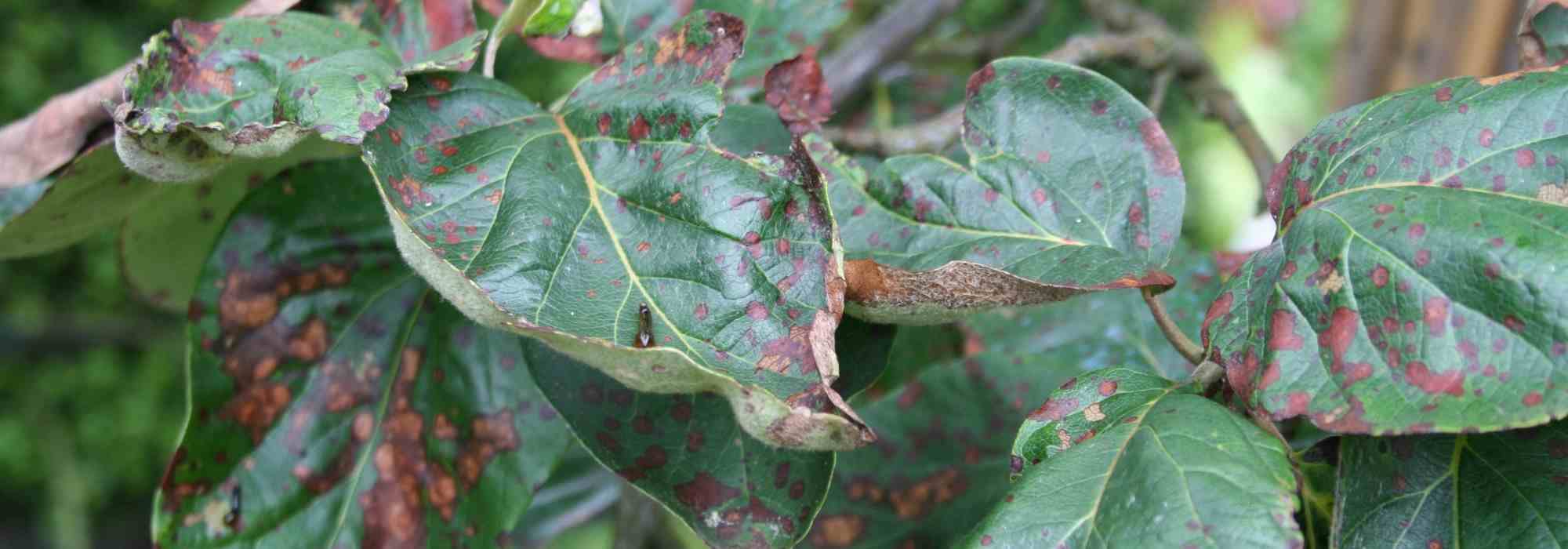
Entomosporium leaf spot: prevention and control
against this disease
Summary
Entomosporium leaf spot is a foliar cryptogamic disease caused by the fungus Entomosporium maculatum that attacks some species of bushes in the family Rosaceae such as quince, pear, medlar, hawthorn or Cotoneaster.
Its significance varies: it only causes aesthetic damage in ornamental gardens, whereas in orchards fruit production can be seriously affected in case of a heavy attack.
Which species are susceptible to Entomosporium?
In the ornamental garden
Foliage of Hawthorns, Juneberries, Cotoneasters, Photinias, Japanese loquats becomes speckled and causes damage of an aesthetic order.
In the orchard
Quince in particular is very susceptible to Entomosporium leaf spot but it can also affect apple and pear trees. Foliage, and also fruits in case of a severe attack are affected.
You may also read
Coryneum or Stone Fruit Shot Hole DiseaseHow to recognise entomosporium leaf disease?
Numerous small round spots 1–3 mm in diameter (Amelanchier, Cognassier) or angular (Aubépine, Cotoneaster), reddish then covered with characteristic brownish crusts that can merge mark the lamina of youngest leaves. In case of severe attack, leaves turn yellow and fall.
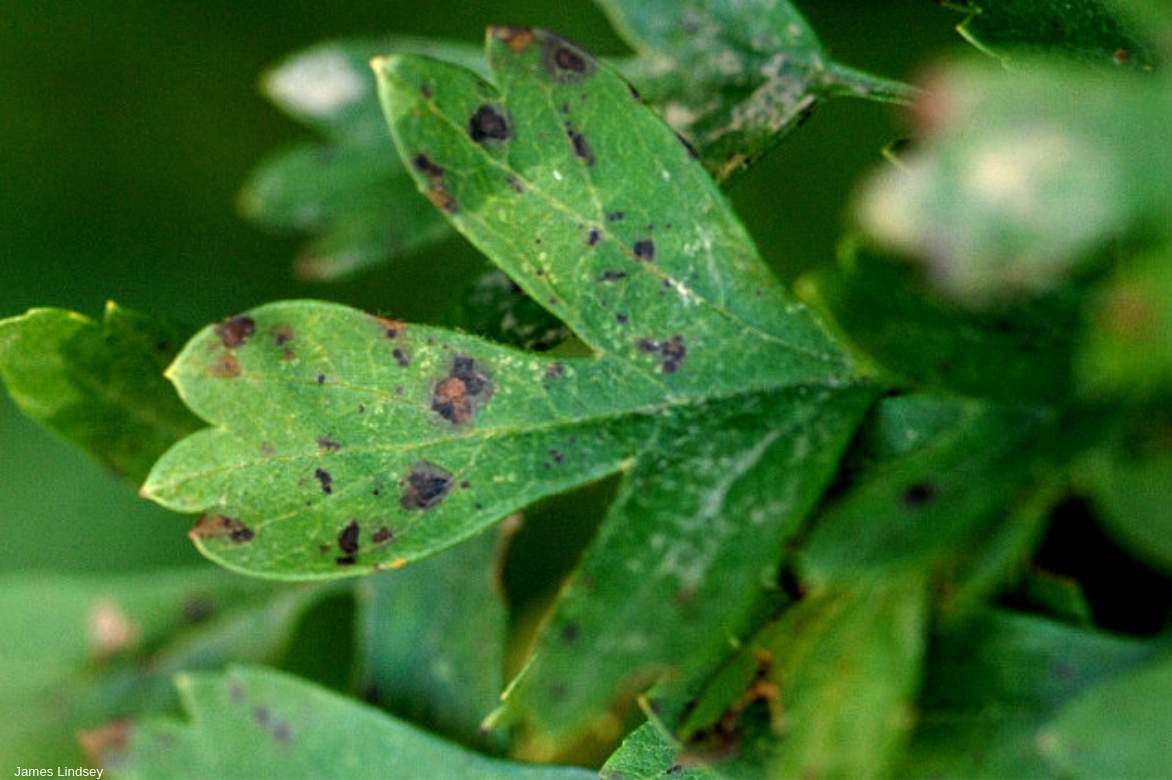
On older leaves, spots darken with at the centre an area that becomes grey necrotic surrounded by a brown to dark red margin. Small black pits, the spores, are often observed at the centre of spots. The infection can extend to petioles and young shoots in cool, damp conditions, which leads to weakening of the tree.
Fruits may also be marked with necrotic spots, crack and mummify in severe cases. They become unfit for consumption.
Discover other Pear trees
View All →Available in 1 sizes
Available in 1 sizes
Available in 0 sizes
Available in 0 sizes
Available in 1 sizes
Available in 0 sizes
Available in 0 sizes
Available in 1 sizes
Available in 0 sizes
Factors favouring Entomosporium leaf spot
Fungus Entomosporium maculatum develops mainly in wet weather in spring and summer, when temperatures are below 20 °C. A dry spell, by contrast, slows disease.
During winter, the fungus survives on dead leaves, twigs and trunks of infected trees. It produces spores during wet periods, carried by wind and rain, which will infect trees in spring or even later, particularly at fruit formation. Spots appear 10 to 14 days after infection.
You may also read
Bordeaux mixture and other copper-based treatments in the gardenControl and treatment of Entomosporium fungal disease
Curative measures against this disease :
- Remember, when pruning, disinfect your tools with 90% alcohol or vinegar to avoid transferring fungus from one branch to another.
- Avoid planting too densely and encourage aeration around and within the crown.
- Collect and burn infested leaves and fruit that have fallen to the ground.
Treatments :
- Prepare a solution of 20 g of Bordeaux mixture per litre of water as soon as first symptoms appear and spray :
- in autumn, at leaf fall,
- at the start of spring: one spray at bud swelling (bud burst period) and a second spray one month later.
- During a particularly wet spring or as soon as first signs of spotting appear, repeat the treatment several times until fruit formation.
On Photinias, spray this solution :
- in May,
- then one month later, in June
For more about copper-based treatments, consult our advice sheet
- Subscribe!
- Contents
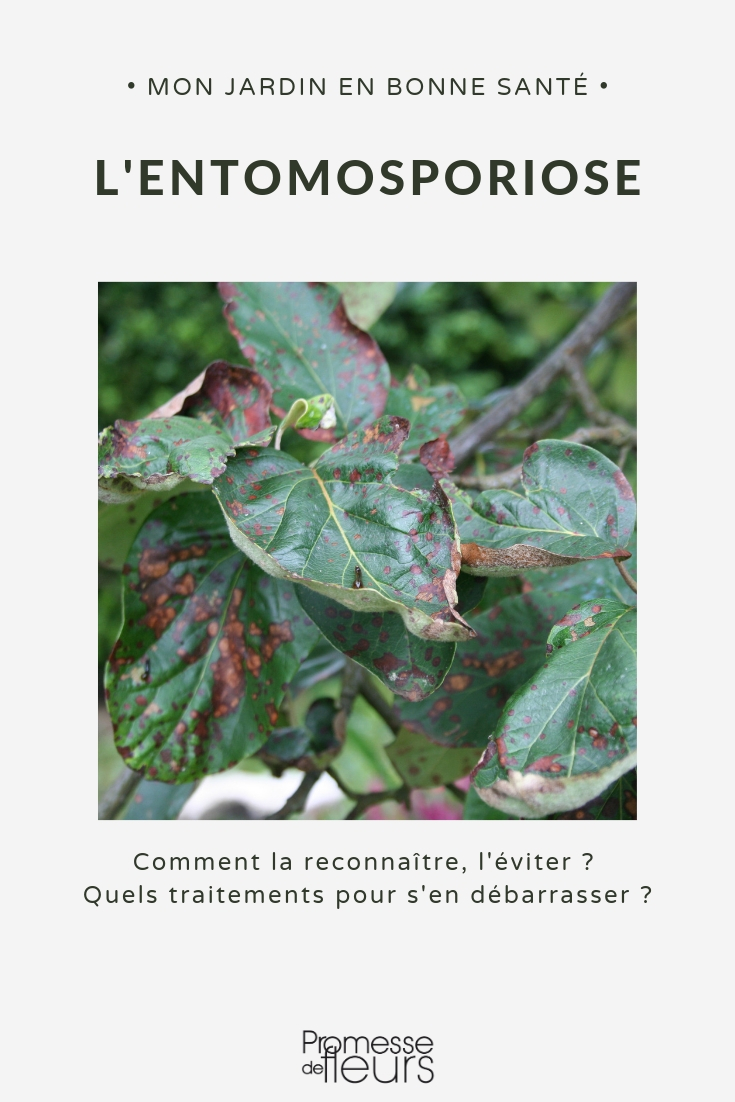































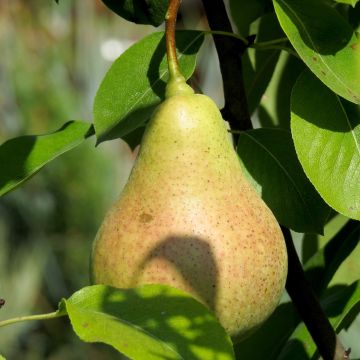
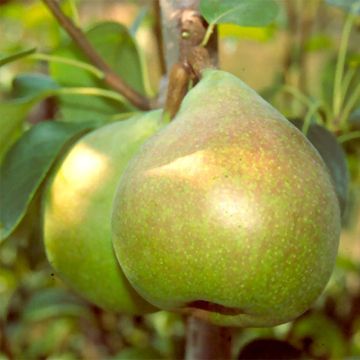
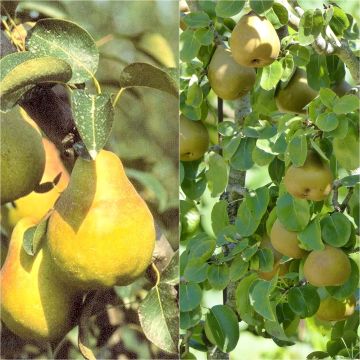
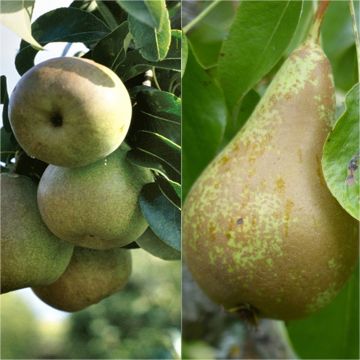
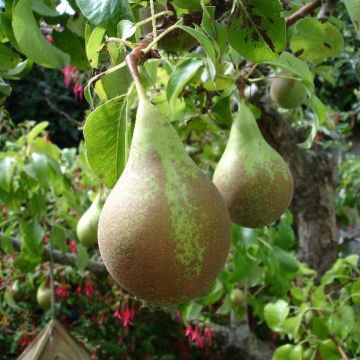
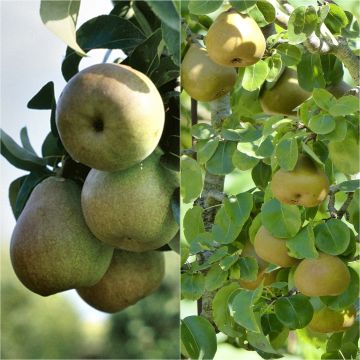
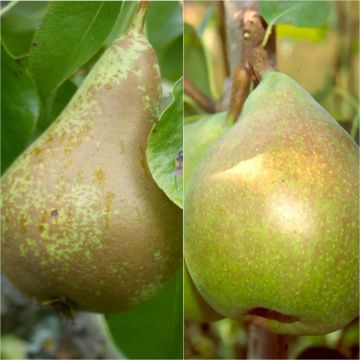
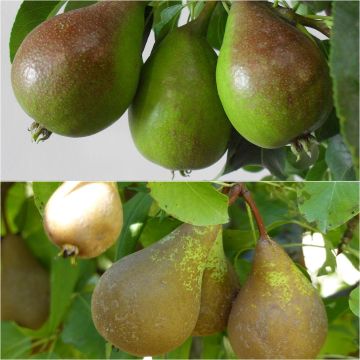
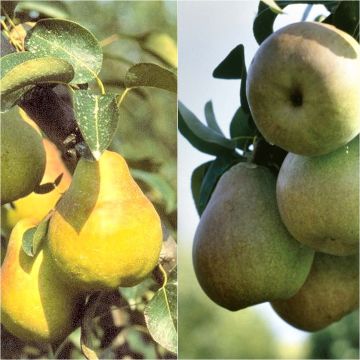
Feedbacks